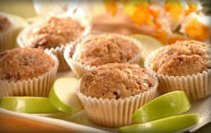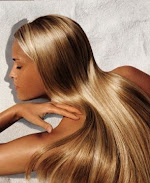If you’re anything like me, finding a foundation that doesn’t go into fine lines (or deep lines) has been like looking for the holy grail or the Maltese Falcon: It’s just not going to happen.
In fact, I’ve found that regardless of who’s doing the promoting or what’s in the ads, most foundations touted as “anti-aging” - including mineral make-ups - have been a huge disappointment, failing to deliver on one of their key promises: To make our skin look younger. Or, at the very least, not make us look any older than we are!
But that’s about to change, with two exceptional foundations – one brand new – that I am excited to tell you not only deliver on their anti-aging promise, my personal experience shows they will far exceed your foundation expectations no matter your age!
So what are they? Read on!
Amazing Anti Aging Foundation # 1: Clinique Repairwear Laser Focus Smooth Liquid Make-up with SPF 15.
What It Does: Takes foundation to a whole new level by creating a flawless, dewy (not greasy) formulation that brightens the skin, covers imperfections and – most important from an anti-aging standpoint - softens the appearance of lines and wrinkles both immediately and over time.
Perhaps most important of all: You not only look instantly younger the moment you put it on, the look lasts all day. Unlike other anti-aging foundations which tend to dry the skin, so that anywhere from 10 minutes to 1 hour later, you look like you're 105 – Cliniques Repairwear Laser Focus Smooth Liqu Make-up smooths skin immediately and keeps it looking that way for hours! I found it kept my skin looking moist, plump and line-free for an entire day. I also found it helps keep blush/bronzer in place as well, with fewer touchups needed during a 12 hour work day!
What makes it work: A cocktail of anti-aging ingredients that starts with whey protein to help skin look and feel firmer while working to diminish the appearance of lines and wrinkles. To this is added the herbal extract Siegesbeckia Orientalis Extract as well as Palimitoyl Oligopeptide (two of the same ingredients you find in pricey anti aging creams) which work together like a support system to plump skin and fill in lines and wrinkles. To this is added Murumuru seed butter to help strengthen the skin’s moisture barrier (so your complexion doesn’t dry out so make-up doesn't settle into lines and wrinkles) as well as vitamin E and SPF 15 to protect against further sun damage.
The end result is a foundation that covers and makes skin look better both immediately and in the long run, while you get younger looking every day! What’s not to love?
Clinique Repairwear Laser Focus All Smooth Make-up SPF 15 will be offered in 12 shades from fair to deep. For those of you who are aleady Clinique Skin Care fans, it works for skin types I and II.
Available beginning September 2011 at Clinique counters nationwide and at Clinique.com. Suggested Retail Price: $32.50
Amazing Anti Aging Foundation # 2: Temptu Retouch
What it does: Utilizes the flawless but ultra light anti-aging coverage of pricey air-brushed make-up in a portable, easy-to-apply liquid foundation.
In fact, if you've ever been anywhere near a television studio or movie set make –up room then you know that what gives celebs that flawless, ageless look is air-brushed make-up – an expensive, but effective type of air-powered spray that deposits tiny micro drops of foundation on the skin for a look that is absolutely flawless.
While at-home air brush make-up systems are available, the cost is high – and it’s not exactly like you can tuck it into your make-up bag on the go.
Enter Temptu Retouch – a portable, sem-liquid foundation with built-in brush that simulates the look of air brushed make-up without the fuss and muss. It fact, it’s made by the same people who make the pricey air-brushed versions!
How it works: The four main ingredients are abscorbyl palmitate ,a form of Vitamin C that helps prevent or counteract premature skin aging caused by oxidation, sun exposure or collagen breakdown; Vitamin E to improve skin’s natural barrier function and hold in moisture; aloe extract to heal, soothe and protect skin and help the foundation “glide” on skin; dimethicone – a cosmetic grade silicone that acts like a primer helping the foundation to adhere to your skin for a more natural looking glow.
While the coverage is not quite as good as the Clinique Repairwear Laser Focus foundation, if you're looking to hide minor skin flaws with great moisturization that keeps skin dewy and youthful - and not have it all settle into fine lines and wrinkles - then this is your foundation.
Temptu Retouch is available in 12 shades from Porcelain to Espresso, and comes with a built-in applicator brush. Availaable online at Temptu.com or in Sephora stores nationwide. Suggested Retail Price: $47.00
So there you have it – two products that really do what they say! So no more whining – you’ll look fabulous!
Colette Bouchez is the style director of fashion jewelry house CountryDutchess.com and author of 11 books. She frequently writes about beauty and health and her latest book is Country Dutchess Cheap Chic Diary: Online Fashion Organizer and Web Address Book.
Originally published in part in Colette Bouchez’s Beauty Buzz column on Examiner.com .



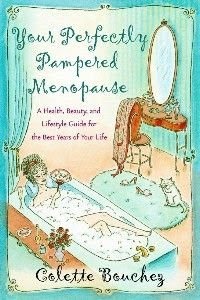






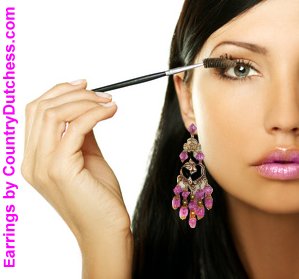















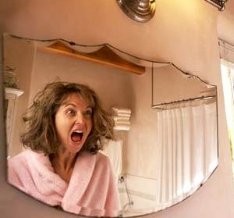
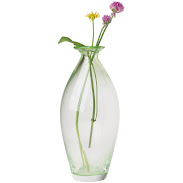


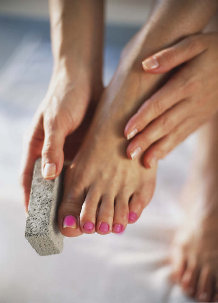

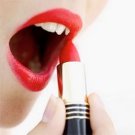

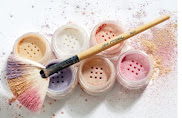
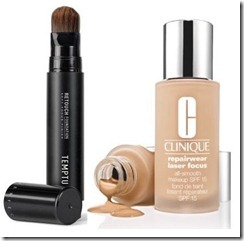


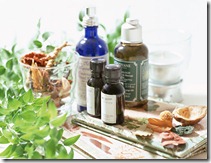
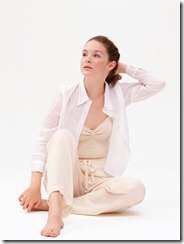
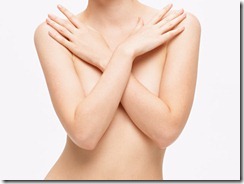
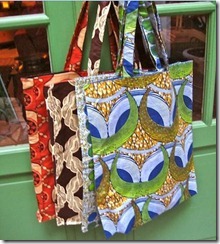
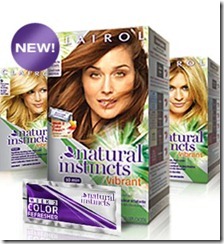





![Copy of NCCC[1].JanuaryPoster.FINAL Copy of NCCC[1].JanuaryPoster.FINAL](http://lh6.ggpht.com/_OaIDiH8w_3M/TTnZ6uqeLaI/AAAAAAAADXA/V6la4Y5IoC4/Copy-of-NCCC1.JanuaryPoster.FINAL_th.jpg?imgmax=800)














